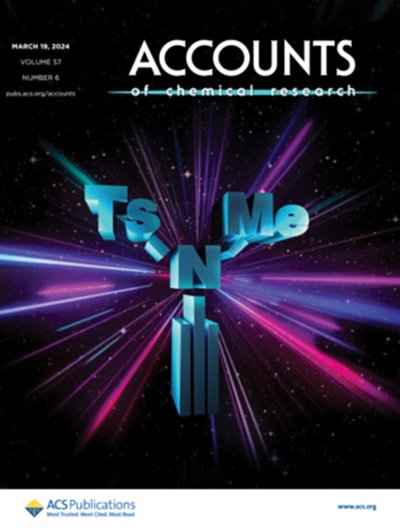"我可以感受到节奏,这让我感到莫名的愉悦":失聪挑战音乐教育中的感官等级制度
IF 16.4
1区 化学
Q1 CHEMISTRY, MULTIDISCIPLINARY
引用次数: 0
摘要
在本文中,我们将探讨耳聋如何挑战音乐教育中的感官等级。作为为期三年的芬兰国立聋人学校回忆研究项目 "无声之人的声音--重塑的身体 "的一部分,本文集中探讨了音乐教育的经历。研究项目的方法论出发点是手语史,重点是聋人/聋哑人的手语记忆。整个研究项目(N=116)的访谈数据是通过小组讨论和个别访谈的方式收集的。有 61 名参与者提供了与第三项音乐教育子研究(n = 61)相关的转录访谈数据。我们对音乐教育中感官层次的批判是基于梅洛-庞蒂的现象学思想,更具体地说,是对聆听过程中的身心、自他和主客二分法的批判。研究结果表明,聋人/聋哑人可以用身体感受声音。声音是通过不同的渠道综合体验的:身体、触觉、视觉,以及对某些人来说,通过听觉或感觉低频。声音并不局限于一种感官。最后,从四个方面介绍了如何制定更具包容性的多感官音乐教育。本文章由计算机程序翻译,如有差异,请以英文原文为准。
“I can feel the rhythm, and it is somehow nice”: Deafness challenging the hierarchy of senses in music education
In this article, we explore how deafness challenges the hierarchy of senses in music education. As part of a larger three-year research project focusing on memories of Finnish state schools for the d/Deaf, “Voices of a Silent People—Renovated Bodies,” this article concentrates on experiences of music education. The methodological starting point of the research project is sign history, with a focus on d/Deaf people’s signed memories. The interview data for the whole research project (N = 116) were collected by interviewing d/Deaf people in group discussions and individual interviews. There were 61 participants who produced the transcribed interview data related to the third substudy on music education (n = 61). Our critique of the hierarchy of senses in music education is based on Merleau-Ponty’s phenomenological thought and, more specifically, the criticism of the mind–body, self–other, and subject–object dichotomies in the listening process. The results suggest that d/Deaf people can feel sound with their bodies. Sound is experienced holistically through different channels: body, touch, vision, and for some, through hearing or feeling bass frequencies. Sound is not categorized into perceptions of one sense. To conclude, four dimensions that make it possible to formulate more inclusive and multisensory music education are presented.
求助全文
通过发布文献求助,成功后即可免费获取论文全文。
去求助
来源期刊

Accounts of Chemical Research
化学-化学综合
CiteScore
31.40
自引率
1.10%
发文量
312
审稿时长
2 months
期刊介绍:
Accounts of Chemical Research presents short, concise and critical articles offering easy-to-read overviews of basic research and applications in all areas of chemistry and biochemistry. These short reviews focus on research from the author’s own laboratory and are designed to teach the reader about a research project. In addition, Accounts of Chemical Research publishes commentaries that give an informed opinion on a current research problem. Special Issues online are devoted to a single topic of unusual activity and significance.
Accounts of Chemical Research replaces the traditional article abstract with an article "Conspectus." These entries synopsize the research affording the reader a closer look at the content and significance of an article. Through this provision of a more detailed description of the article contents, the Conspectus enhances the article's discoverability by search engines and the exposure for the research.
 求助内容:
求助内容: 应助结果提醒方式:
应助结果提醒方式:


